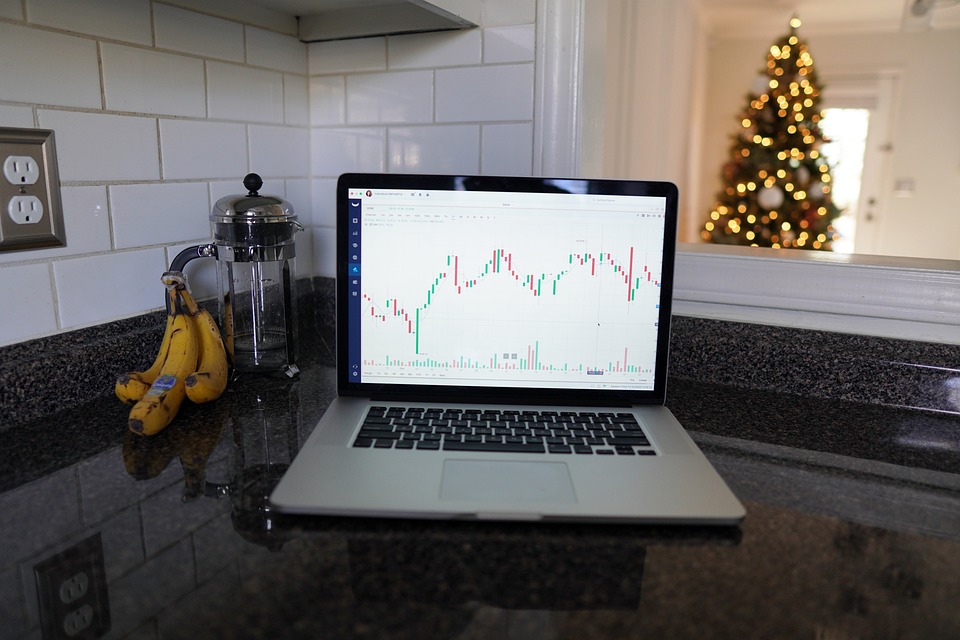Forex Trading 101: What You Need to Know to Get Started
The foreign exchange market, also known as the Forex market, is a global marketplace where individuals, businesses, and institutions trade currencies. With a daily trading volume of over $6 trillion, it’s one of the largest and most liquid financial markets in the world. If you’re interested in getting started with Forex trading, this article will provide you with a comprehensive introduction to help you understand the basics and get started.
What is Forex Trading?
Forex trading involves buying and selling currencies in the hopes of making a profit. The process is simple: you open a trading account with a broker, deposit funds, and use those funds to buy or sell currencies. The value of your trade is determined by the current exchange rate, which is the rate at which one currency can be exchanged for another.
Key Terms to Understand
Before diving into Forex trading, it’s essential to understand some key terms:
- Currency Pairs: A currency pair is the combination of two currencies, such as the US Dollar (USD) and the Euro (EUR). The pair is usually represented as EUR/USD.
- Bids and Offers: Bids are the prices at which you can buy a currency, while offers are the prices at which you can sell a currency.
- Pip: A pip is the smallest unit of price movement in a currency pair. It’s usually 0.0001 for most currency pairs.
- Leverage: Leverage allows you to control a larger position with a smaller amount of capital. It’s a double-edged sword, as it can amplify both profits and losses.
- Margin: Margin is the amount of capital required to open and maintain a trading position.
How Forex Trading Works
Here’s a step-by-step guide to Forex trading:
- Open a Trading Account: Choose a reputable online broker and open a trading account. You’ll need to deposit funds into your account to start trading.
- Choose a Currency Pair: Select a currency pair you want to trade, such as EUR/USD or USD/JPY.
- Set Your Trading Goals: Determine your trading goals, such as buying or selling a currency pair.
- Place a Trade: Use your trading platform to place a buy or sell order.
- Monitor Your Trade: Keep an eye on your trade’s performance and adjust your position as needed.
- Close Your Trade: Close your trade when you reach your desired profit or loss.
Tips for Beginners
As a beginner, it’s essential to keep the following tips in mind:
- Start Small: Begin with a small amount of capital to minimize your risk.
- Practice with a Demo Account: Use a demo account to practice trading with virtual funds before risking real money.
- Educate Yourself: Continuously learn about Forex trading, market analysis, and risk management.
- Don’t Overleverage: Avoid overleveraging your account, as it can lead to significant losses.
- Set Stop Losses: Set stop-loss orders to limit your potential losses.
Conclusion
Forex trading can be a lucrative and exciting way to invest in the financial markets. By understanding the basics, including currency pairs, bids and offers, pips, leverage, and margin, you’ll be well-equipped to start your Forex trading journey. Remember to start small, practice with a demo account, and continuously educate yourself to minimize your risk and maximize your potential for success. Happy trading!
